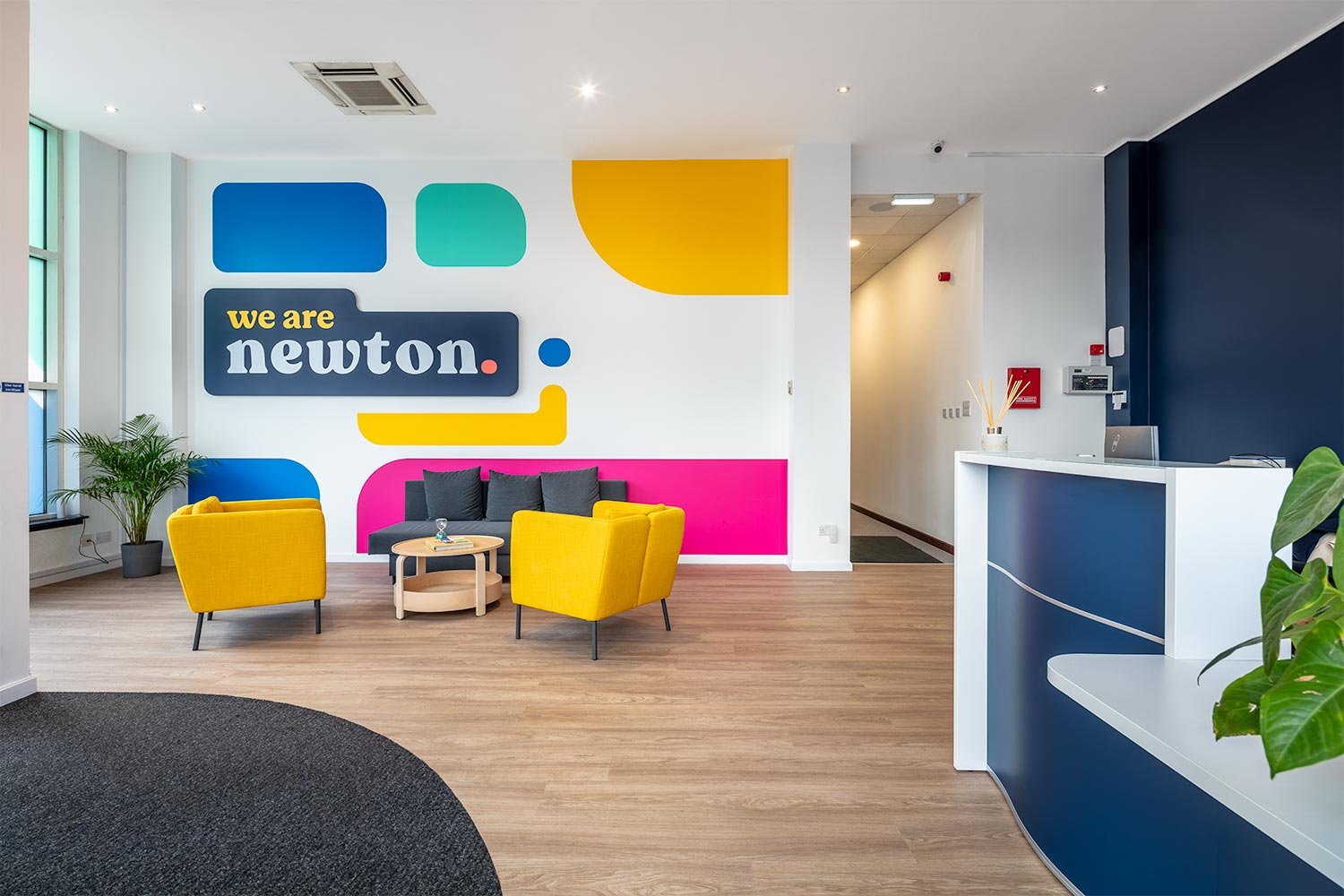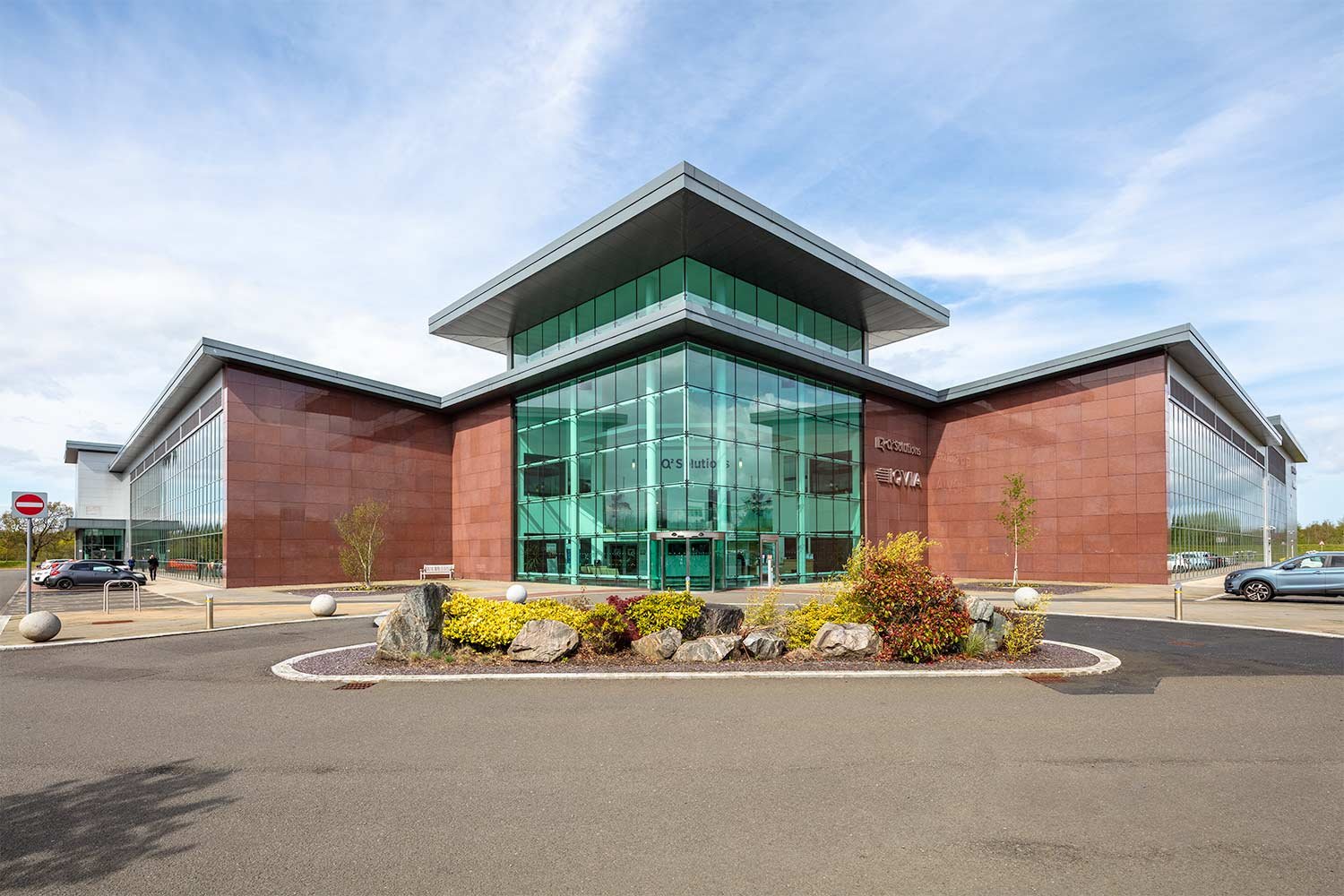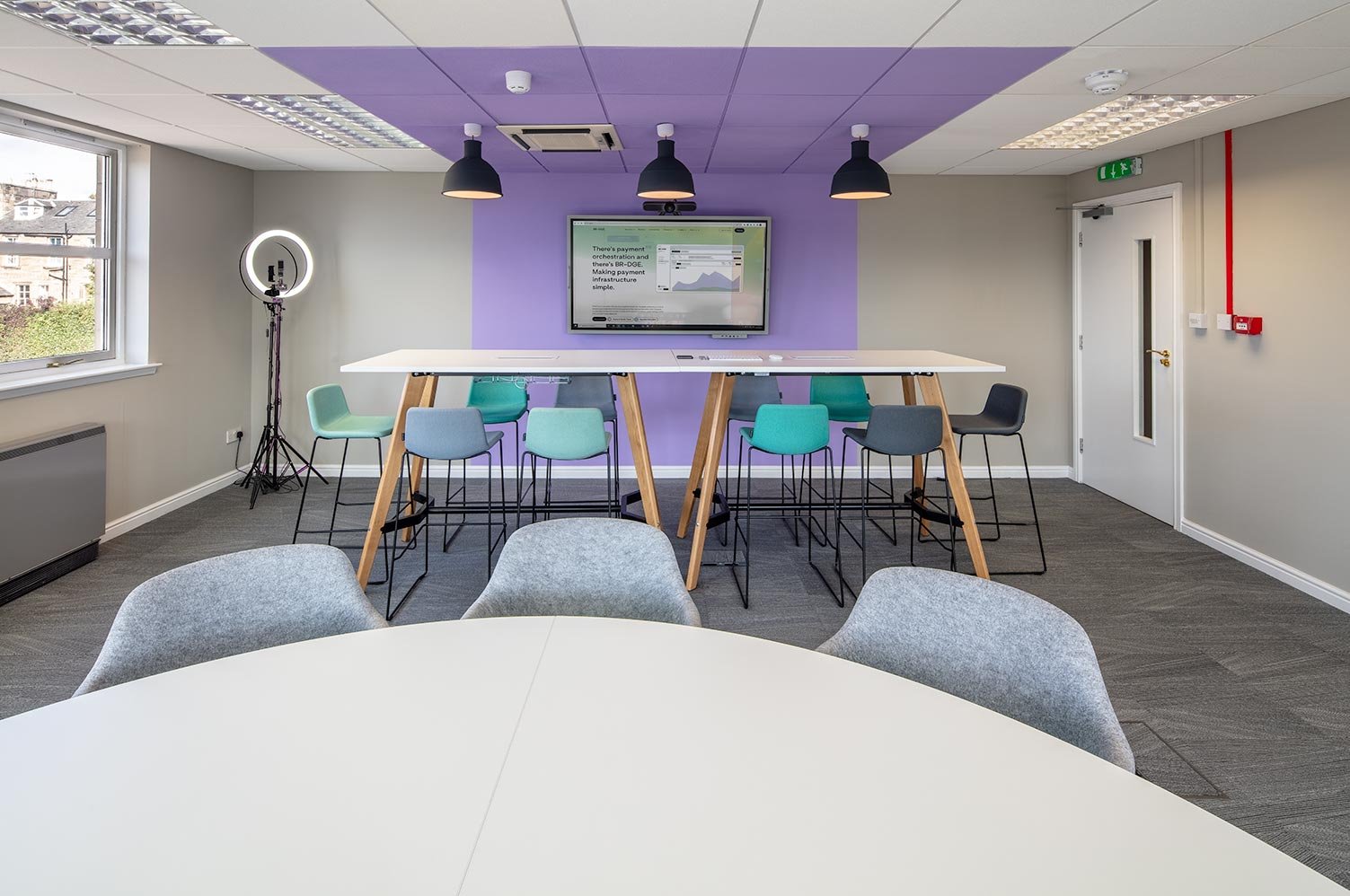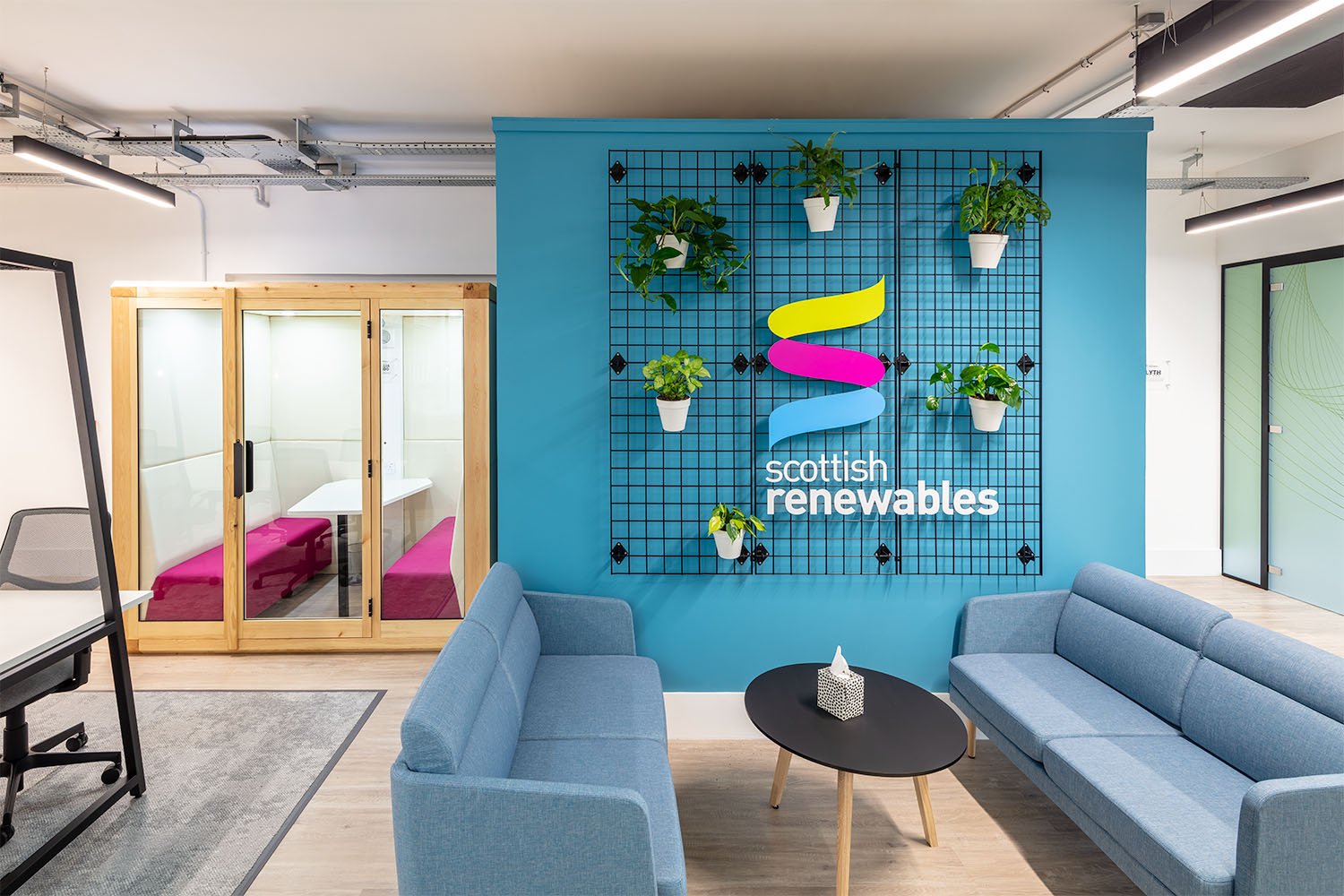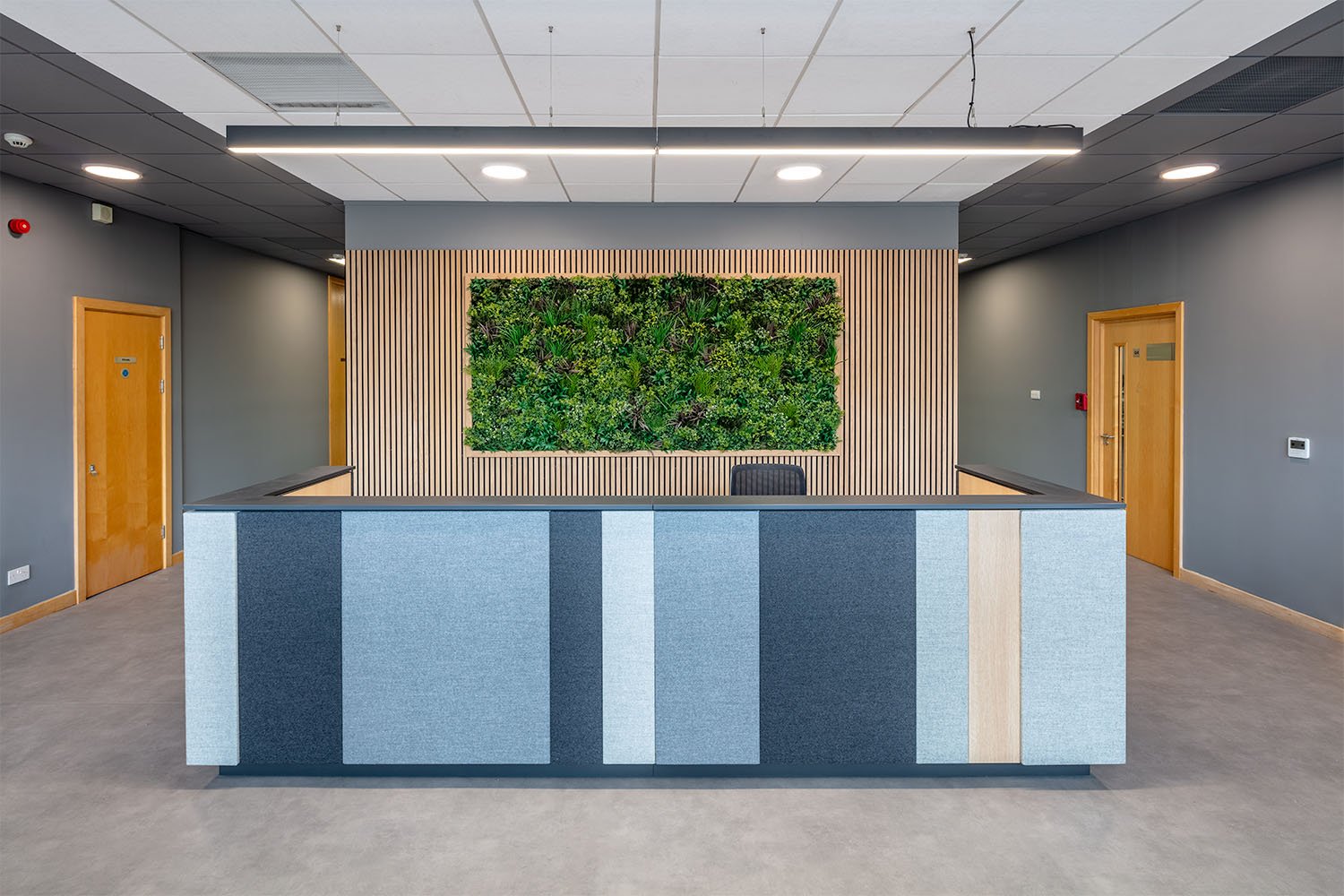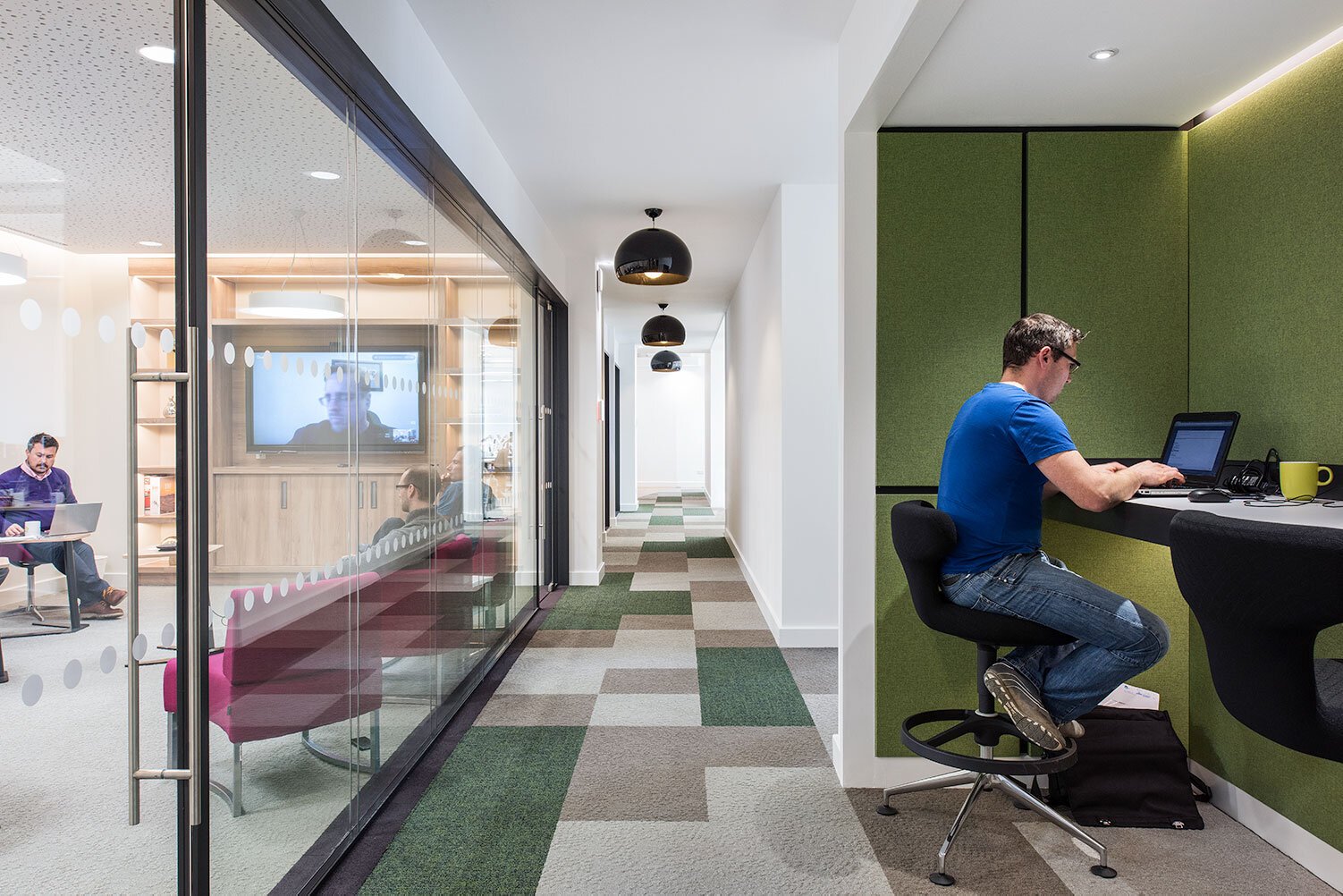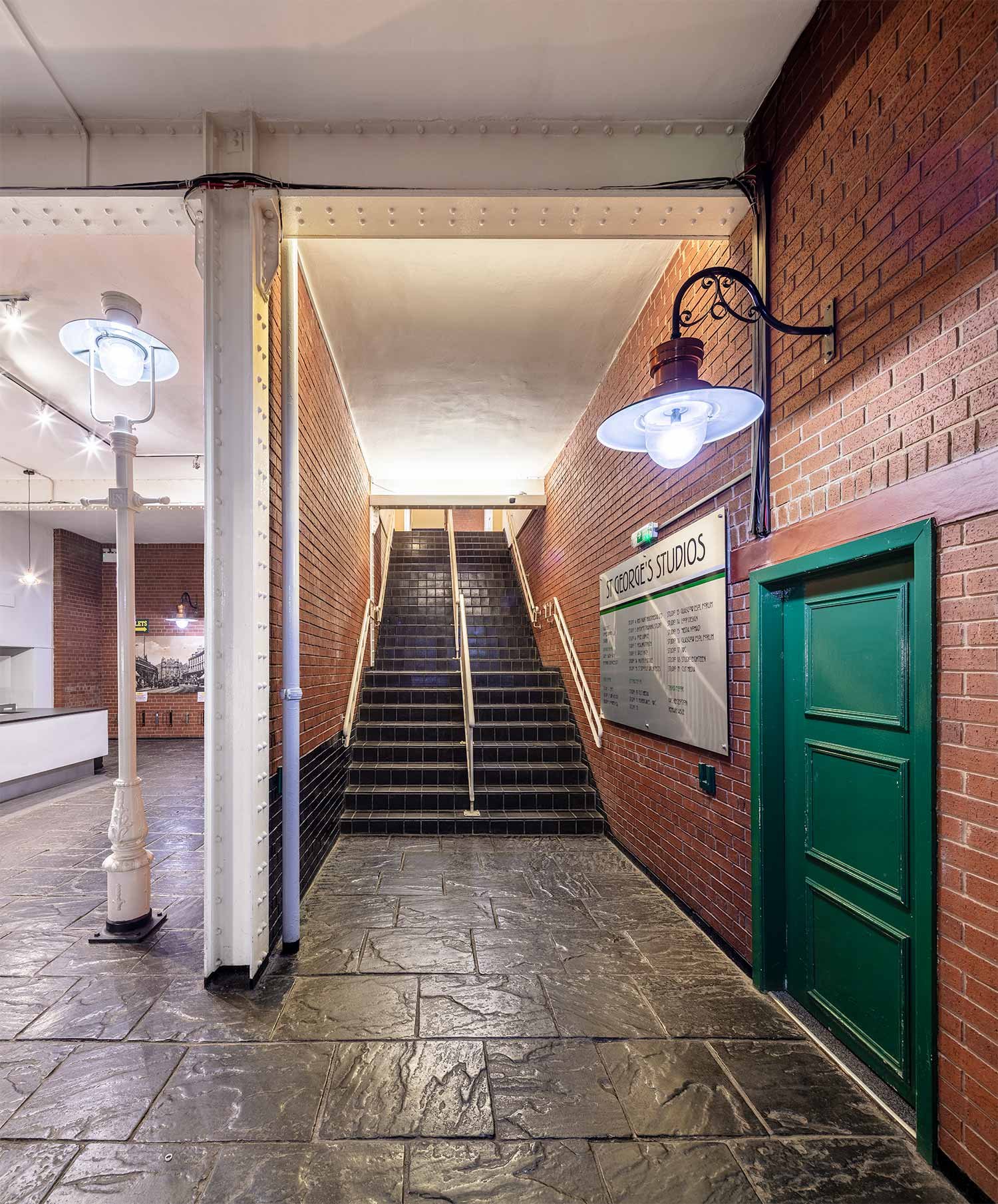The Office Is Dead. Long Live the Office!
Is the Office Dead? Not by a Long Shot! Just Transforming.
Here’s How to adapt Quickly
If I had a penny for each headline saying that office spaces are dead, I’d be too rich to care about this overdramatisation. The office has changed so much over the centuries that it’s barely recognisable now.
Has it died and then came to life again and again and again? Not really. It just transformed to meet new needs, to accommodate more or fewer people, and to respond to the demands of the workers.
This is exactly what is happening now. Along with the entire world, the office adapts.
There’s even a big upside to it. Remote work is by no means a new thing. Whether you call it remote working, working from home, flexible working, or digital nomadism, the concept has been here for a while.
And you know what? People have always loved it.
Even before the pandemic, 92% of Millennials (the majority of office employees) wanted the option to work remotely. At Amos Beech, we have always supported this. Our team has done it before the pandemic and we continued to do it during it. This flexibility is one of our best strategies to attract and retain talent.
On top of that, we have worked with dozens of UK companies, helping them adapt their offices to the ever-changing needs of their employees and create more flexibility. But more on that later.
First, let’s take a closer look at the office transformation that’s been in the works for years now and that is currently hastened by the COVID-19 pandemic.
What Have We Learned from Working from Home?
Nearly half of UK’s 30 million employees have worked from home during the pandemic. Most of them might not return to the office in the foreseeable future.
For some, it was the first time when they worked from some place other than an office building. Despite the initial shock and the fact that everyone (employees and employers alike) had to adapt and pivot at a moment’s notice, this work routine change revealed some interesting things:
Flexible Working Means Happier Employees
Yes, people are happier when they work from home. They have been so before the pandemic and that hasn’t changed.
The reasons are pretty easy to spot:
No commute (or a shorter commute when working from a nearby coffee shop).
More free time to spend with family and friends or to simply relax.
Less weariness: night owls fare much better when they can literally wake up 10 minutes before work starts instead of 1-2 hours earlier.
A better work-life balance.
Less money spent on long commutes.
Less pollution generated by those long commutes.
And that’s just the employee side. The employees have their fair share of benefits from flexible working:
With most of the staffers working from home, you don’t have to pay for large office spaces (they are STILL very expensive!)
You benefit from other cost cuts that may seem small but add up quickly: coffee and tea, electricity, cleaning, bathroom supplies, and more.
Remote employees are more productive.
Better yet, they work longer hours -- over 40 hours per week 43% more than non-remote workers.
When the employees are happy, they stay with the same company for longer. Lower staff-turnover means less money spent on recruiting and training new employees, as well as the priceless benefit of having senior personnel that was formed and trained in-house.
There’s no wonder then that remote working is set to triple in the next three years. Triple sounds huge, right? Right! But the survey that came up with this number also reveals that that only means 30% of the employees.
Of course, there are jobs that need an in-office presence. And there are departments that have to meet, at least occasionally. Meetings are still more productive when conducted in-person. Even this BBC story set in 2025 says it: there’s no way we’ll never see our colleagues in person again.
So we still need offices. That’s for sure.
But they have to change. They have to be safer. And of course, they have to accommodate flexible working and social distancing.
Let’s see how that can happen.
The Office Is Dead. Long Live the Office!
(Or How to Adapt Your Office Space to the New Guidelines)
We all know that social distancing rules are in place to keep us all safe. But this doesn’t mean that they don’t come with their own challenges, especially for business owners and office managers, who have to adapt spaces quickly and efficiently.
During the past few months, we spoke to a lot of office managers in Scotland to understand their needs and their concerns better. Out of all these discussions, one word emerged as an overarching principle: flexibility.
It’s what we mentioned above, saying that Millennials demanded it even before the pandemic. Office managers need it now.
Why?
Because this pandemic brought a lot of uncertainty. Offices are closing and re-opening as new outbreaks emerge and old ones die down. The rules and recommendations also change constantly, as we learn more about this disease.
Together with our design team, we have come up with a few principles that offer the flexibility managers need right now. Better yet, they are not quick fixes or quick solutions that may be obsolete by the time they are implemented.
These solutions are future-proof. They respond to the current need for social distancing, but without sacrificing branding in office design and without creating cold, hospital-like office environments that no one wants to work in.
Our goal was always to help our clients create a welcoming and safe workplace. Offices that people will love working in for years to come. Offices that respond to the increasing need for flexible working.
The HSE recommends that people who can work remotely should keep on doing so for the foreseeable future. Odds are most companies will keep remote workers remote even when the pandemic subsides.
So why not prepare right now for a flexible working future?
Check out some of the solutions we have already implemented for our clients:
1. Ensuring the 2 metres/6 feet Distance between Individuals
The current guidelines say that the distance between workers should be at least 2 metres. Our solution for this, when possible, is to have people working side by side or back to back rather than face to face whenever possible.
Of course, dividers should also be used. Screens are the easiest way to ensure this separation.
Pro tip: what if the current guidelines change and the distance is reduced to 1.5 metres? Our answer to this: mobile screens that can be easily moved and removed whenever needed.
Mobile screens on wheels can be easily created from a variety of materials and in a large variety of colours that match your branding and the existing colour scheme of the office.
2. Downsizing to Smaller Offices Means More Intelligent Space Use
A lot of our clients are thinking about downsizing, reducing their office space. Since they will have fewer workers coming into the office, this makes perfect sense.
Zoning – creating solo working spaces – is the perfect answer to making a smaller area work for your personnel.
Add easily cleanable surfaces and a smart workplace app like iotspot and you’ve got yourself a smaller, but more efficient space. With iotspot, your employees can easily schedule department meetings and reserve workspaces based on availability.
They can also choose when they come to the office based on how crowded it is. The real-time occupancy levels available in the app will help keep everyone safe and your costs down.
3. Multi-Use Spaces
With smart dividers, you can use the same room for meetings and for recreation. Effective dividers “break” the space, but without making its occupants feel caged.
More importantly, larger rooms are easier to ventilate, which reduces contamination risks.
4. Playing with Colours
Social distancing doesn’t have to look stern. In fact, you can easily delimitate spaces by simply using different colours.
The visual impact is significant – an easy way to tell people where they should sit and which chairs should be left empty. Or, better yet, an easy way to convey the maximum size of a group at the same table.
5. Create More Private Spaces
In the short run, private spaces help spread the dreaded virus. In the long run, they help people who prefer quiet spaces and privacy, work better.
Think about the average size of your teams and create conference rooms that are never too crowded, but don’t take up too much space, either.
6. Adaptable Furniture
Lightweight, kinetic, and flexible furniture is the key to an office space that is both friendly and safe. The furniture needs to be easy to move when the need to reconfigure a space arises and easy to clean.
Extra attention to finishes is also recommended. For instance, microfiber sofas and chairs are very easy to clean and to maintain.
The Amos Beech Advantage
It’s been years since we first started helping Scottish companies reconfigure their floor plans to accommodate work flexibility. We came up with architectural, design, and tech solutions for them, to offer 100% custom-made turnkey solutions.
This gives us an upper hand in helping our clients re-design to accommodate social distancing measures. Our workplace consultancy team can create end-to-end solutions for any type of commercial space.
From space evaluation, audits, future needs projection, office design, office furniture consultancy and supply, office refurbishment, to all-trades contracting, installation, and the final handover – we can handle any type of project, irrespective of size.
Need a custom solution that’s both pandemic-proof and future-proof?
We’re just a click away:



